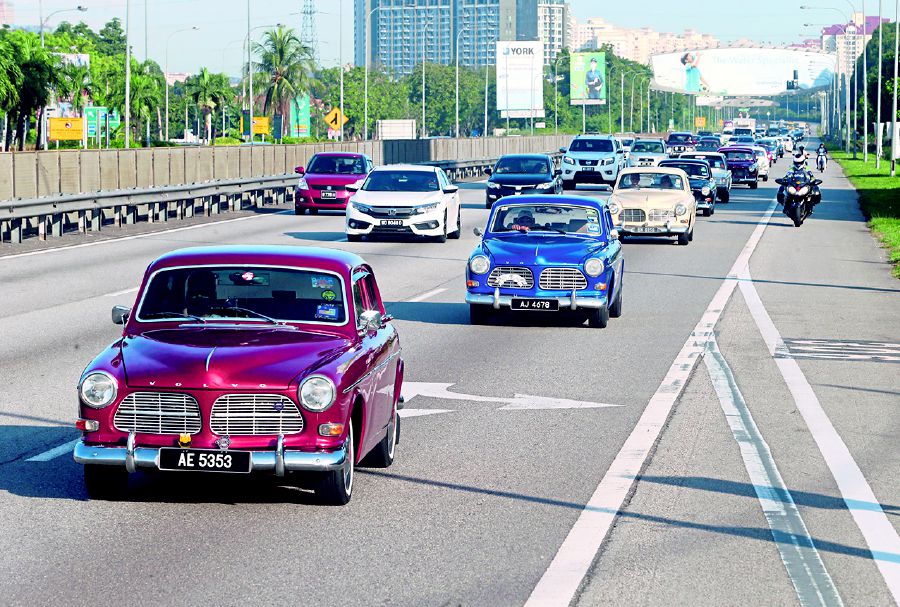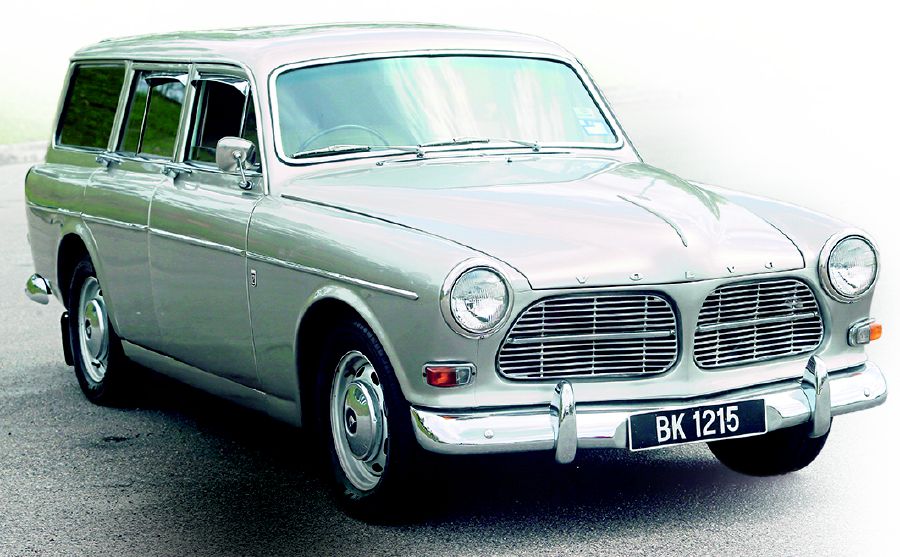IF you own a smartphone, you probably understand the concept of planned obsolescence. Every few months, your favourite smartphone manufacturer releases a new model that is slimmer, has better features, and weighs less than a packet of Twisties.
As a result, you may feel the need to replace your old phone with the newer, better model every few months.
Although your old phone may still work and function without any problems, you may soon discover that it is more difficult to find replacement parts for a cracked screen or even accessories for it.
Car manufacturers operate under a similar model, although the period may span several years instead. While it may not seem very fair, planned obsolescence is often necessary for the company's survival.
For example, it would not be reasonable for a manufacturer to stock parts for an old and unpopular model indefinitely.
At most, they will produce parts for a current model for a few years and then stop producing them altogether.
Have you ever taken your car to a dealership only to be informed that it's challenging to locate something specific, particularly interior or trim parts?
This may suggest that the manufacturer has stopped producing these parts, which can be a subtle indication that purchasing a newer car may be a better option.
However, sometimes the newer model may only be a facelift or a simple update. In most cases, service parts remain the same, and engine parts may be shared between platforms or even manufacturers.
It's worth doing some research to determine if certain manufacturers share the same original equipment manufacturer (OEM) supplier and have interchangeable parts.
Just because the new model has flashy LED headlights and taillights does not necessarily mean that your model is obsolete.
Engine and powertrain components are typically carried over to the next model to save on development costs. However, it may indicate that a new and improved model is on the horizon.
A car may be just five years old when it starts getting difficult to find parts for it.
However, all hope is not lost. First of all, consider visiting your friendly neighbourhood parts shop. Look for ones that proudly display parts for a particular make or model.
The older the shop and the more remote its location, the better. Who knows? You might find the 2CV fender you need at the Citroen parts shop in Kampar, Perak.
Another option is to visit a breaker's yard or "kereta potong" shop. Many of these facilities now specialise in particular makes and models, and some even stock parts for supercars.
It may seem tempting to swap out the busted engine of your Kia Spectra for a Subaru flat-four turbo but it's crucial to determine what engine swaps are permitted by the Road Transport Department (RTD).
A particular car model may have several types of engines, from 660cc turbos to 1.1-litre naturally aspirated engines like the ones fitted to a Proton Juara. Therefore, it's important to verify which specific engine options are permissible for your vehicle.
The Proton Wira range has 1.3 to 1.8 TwinCam engines fitted to it. As long as you adhere to the RTD's recommendations, there are a variety of engines that may fit.
Additionally, there are several online marketplaces where you can search for parts, such as mudah.my or lelong.com (locally) or ebay.com and yahooauctions.com.
These websites can offer a treasure trove of parts that you may not find elsewhere. However, it's important to note that some left-hand drive parts, such as headlights, may not adhere to our regulations.
The next time you're in the market for a new car, keep in mind that the manufacturer likely already has plans for the next model, and whether the current model you're considering is nearing the end of its production cycle.
The manufacturer may have an entirely new chassis and drivetrain planned for the new model, with the only similarity being the name of the model.
Therefore, it's often beneficial to conduct some research and discover where the current model falls in the production cycle. Gone are the days of the Beetle or the Mini, where models remained in production for 20 years or more.
Sometimes the manufacturer will offer a hefty trade-in price for your old model. Free service and parts can also be a sweetener for you to commit to a new car.
Planned obsolescence does not mean your car is designed to fail regularly after a certain period. It just means that the manufacturer designed it to become unfashionable and undesirable after a certain time.
You can witness some manufacturers changing the complete style of a range of cars just by switching designers, for example.
Overnight, that marque can change from a "bar of soap" to being edgy and sharp, but the powertrains underneath remain the same.
Styling is a significant aspect of planned obsolescence, and that bar of soap didn't break down because the manufacturer designed it that way.
It pays to maintain your car correctly and replace parts as per the manufacturer's recommendations.






